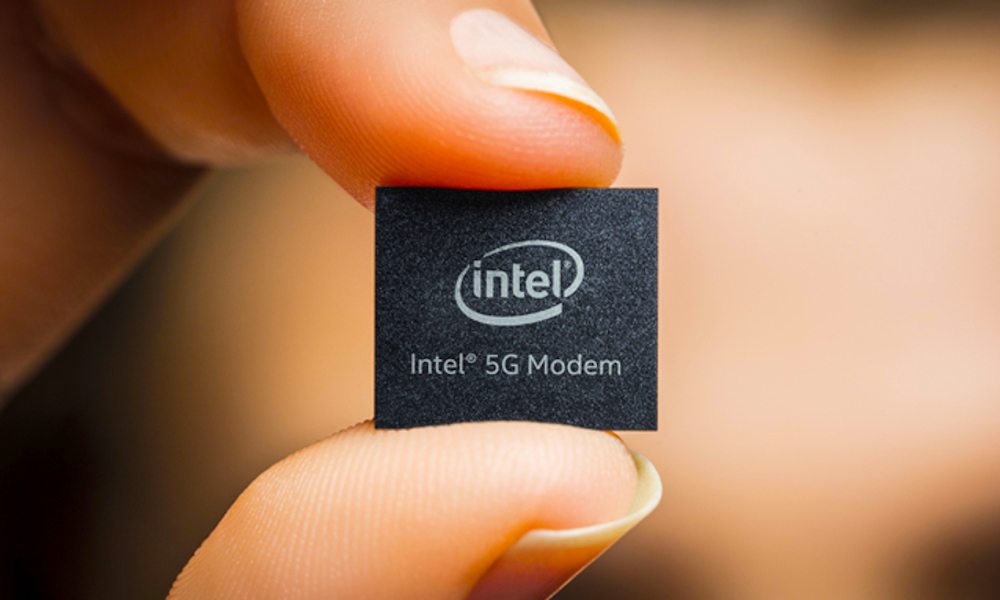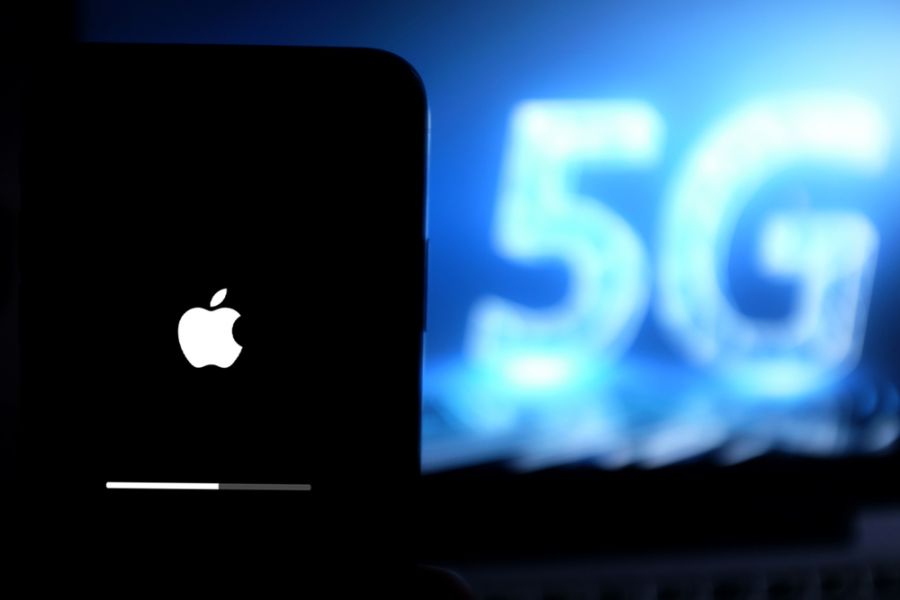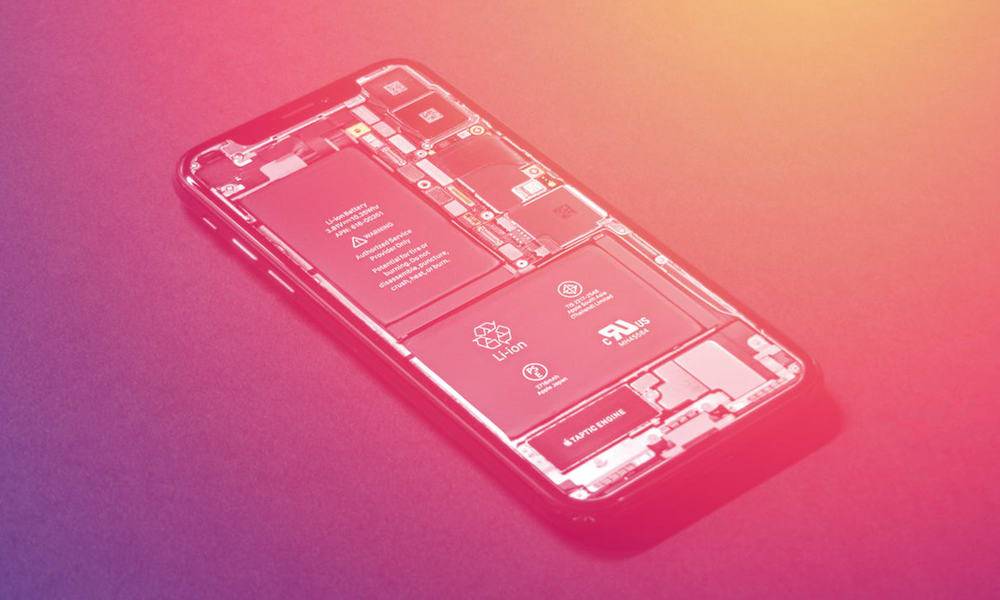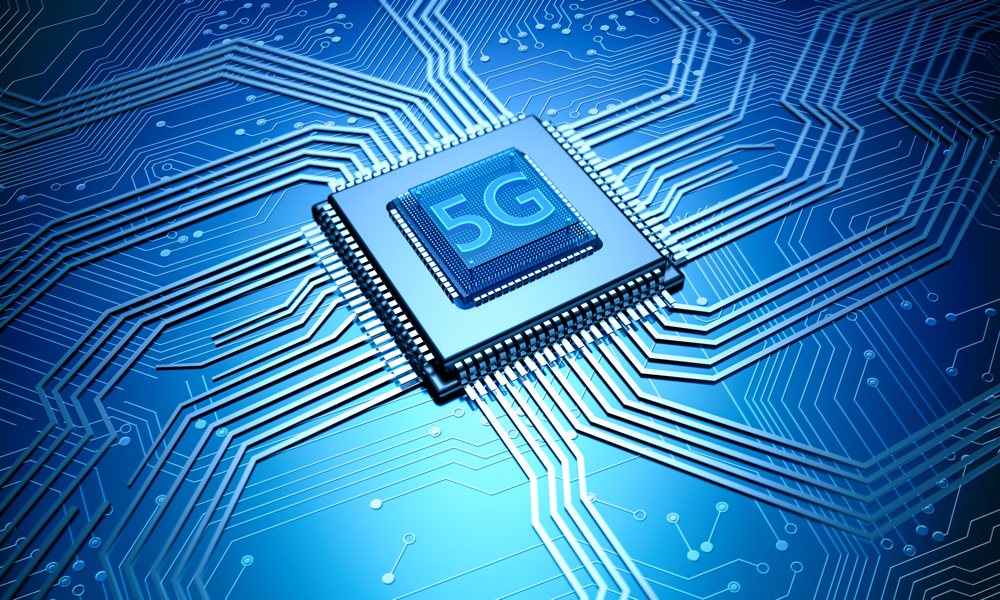Apple’s 5G Modem to Start Small in 2025 with Big Plans Ahead
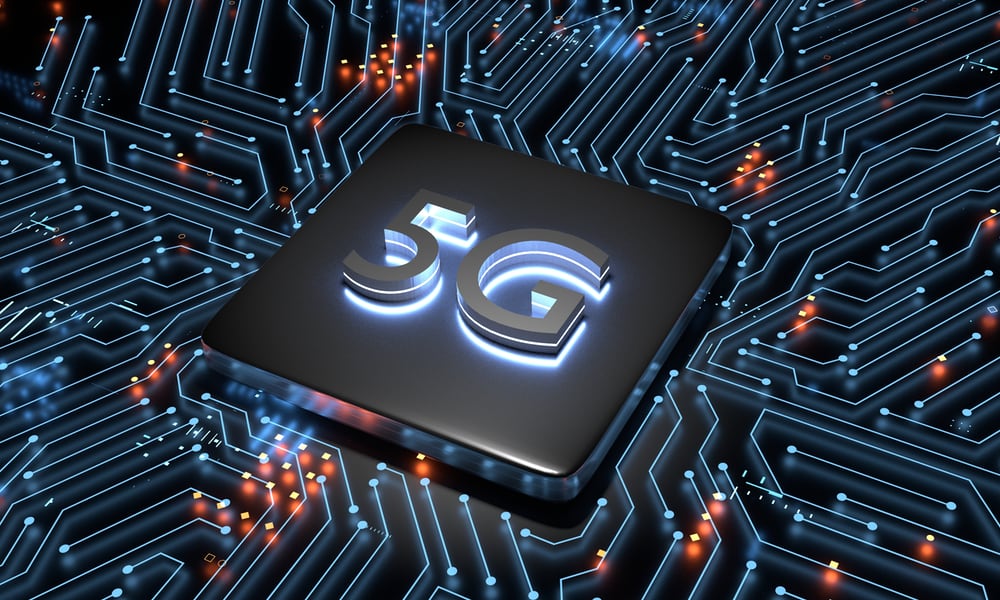 Credit: kkssr / Shutterstock
Credit: kkssr / Shutterstock
Toggle Dark Mode
After more than five years in development, Apple reportedly plans to bring its first 5G modem chip to market next year in the iPhone SE 4 and possibly at least one iPhone 17 model. However, by all reports the company’s 5G chip efforts won’t be a repeat of the same overwhelming success of Apple silicon in the Mac.
When Apple unveiled its M1 chip in 2020, it simply blew away the competition in performance, power efficiency, and heat generation. That may have been because Intel had been sitting on its laurels, but there was still no doubt Apple’s first M-series chip was something special. Later Pro and Max versions and subsequent generations have only solidified Apple’s performance lead.
Unfortunately, developing CPU, GPU, and Neural Engine cores is an entirely different discipline than building modem chips. We’ll never be sure if there was some hubris involved in Apple’s initial plans to develop its own 5G chips, but it’s been a long road, possibly marked by a few false starts, as Bloomberg’s Mark Gurman echoed in a report today:
Over the years, Apple encountered setback after setback. Early prototypes were too large, ran too hot and weren’t power-efficient enough. There also were concerns internally that Apple was simply developing a modem to get back at Qualcomm, following a legal battle over licensing payments that didn’t go the iPhone maker’s way.Mark Gurman
Scattered reports over the years suggest that Apple has been exploring modem chip designs for a long time. Its plans appeared to accelerate after a big spat with Qualcomm and its acquisition of Intel’s 5G modem business, leading to some predictions that Apple’s first modem chip would arrive in 2023 on the iPhone 15.
Apple and Qualcomm came to a $4.5 billion settlement that resulted in a commitment from the iPhone maker to use the chipmaker’s 5G modems until at least 2026, which it’s still doing.
The 2023 estimate turned out to be optimistic, but before the Intel acquisition, most analysts initially believed Apple wouldn’t have a chip ready before 2025, which is starting to seem more prescient.
Nevertheless, Apple’s first 5G modem chip isn’t expected to hit one out of the park like the M1 did. Building modem chips is challenging, and the first-generation chip will almost certainly fall short of what Qualcomm’s X-series 5G modems can do.
For instance, we’ve already heard several reports that the initial 5G modem will lack faster mmWave technology. That would make it suitable for the iPhone SE, which currently lacks mmWave and likely still will when the fourth-gen model arrives next year. It could also be used in some iPhone 17 models sold outside the US since Apple has thus far limited mmWave to its US models.
Gurman confirms this, adding that the first chip, code-named Sinope, not only lacks mmWave but “isn’t as advanced” as Qualcomm’s latest modems in other ways.
For example, it will only support four-carrier aggregation, which is on par with Qualcomm’s X65 chip introduced in 2021 and used in the iPhone 14 lineup the following year. The X75 adds five-carrier aggregation, but that’s surprisingly not the chip Apple is using in this year’s iPhone 16 lineup; it went with an X71 instead, which appears to be something unique to the iPhone that exists somewhere in between the X70 and the X75 (although likely closer to the former than the latter).
As with mmWave technology, carrier aggregation is essential for getting top speeds, although how much this matters in the real world is open for debate. Gurman’s sources indicate that lab tests have shown download speeds capping out at about 4 Gbps, which falls short of what Qualcomm offers. However, nobody gets those speeds in the real world, so this is likely more of a theoretical difference than anything else.
The lack of mmWave technology could be a drawback when trying to get online in crowded venues like stadiums and concerts, as that’s where most of the US carriers have deployed mmWave transceivers to provide greater capacity. The extremely high frequencies that mmWave operates on allow it to deliver incredible bandwidth and handle hundreds or even thousands of simultaneous connections, but the range is also extremely short — around a city block. Verizon began its 5G deployments using mmWave in core city centers, but even that carrier has moved away from it as mid-range C-band spectrum has become available, providing the best balance of range and performance.
However, nobody seriously expects the iPhone SE budget to include mmWave technology even if Apple weren’t developing its own 5G modem. The 2022 iPhone SE brought 5G to the lineup with Qualcomm’s Snapdragon X57, which specifically excluded mmWave. That makes the iPhone SE 4 an ideal proving ground for Apple’s new 5G modem.
However, just because Apple’s first 5G modem will fall short of Qualcomm’s latest chips doesn’t mean it won’t have its own advantages. In fact, it will likely gain some of the benefits that are currently exclusive to Android flagships.
Rivals like Samsung’s Galaxy S series smartphones use a Qualcomm Snapdragon SoC, which includes the CPU, GPU, NPU, and 5G modem in a single package. This lets all the components work together harmoniously for greater performance and power efficiency. For example, the Snapdragon 8 Gen 3 used in the Galaxy S24 lineup also includes the Snapdragon X75 built right into the chip, and the Snapdragon 8 Elite coming to 2025 flagships will include the X80.
Despite Apple’s silicon engineering chops, the need to integrate Qualcomm modems and A-series SoCs has always put the iPhone at a slight disadvantage. Its own modem won’t suffer from those same limitations since it will be designed to work with Apple’s own A18 and A19 chips (and beyond) and custom-built for the hardware and antenna arrays in next year’s iPhones.
This will allow it to have better performance and power efficiency, improve overall cellular connectivity, and even support satellite features. Gurman notes that since Apple can manage it intelligently via the main A-series chip, it can manage the specific absorption rate (SAR) levels to provide better performance while remaining under the limits proscribed by the Federal Communication Commission (FCC).
Apple doesn’t plan to stop at this first chip, of course. A second-generation modem, code-named Ganymede, is expected to arrive in 2026–27 with enough performance to go into the entire iPhone 18 lineup, potentially leaving Qualcomm behind for good. Gurman says that Ganymede will offer six-carrier aggregation on Sub-6GHz frequencies and eight-carrier aggregation on mmWave with download speeds up to 6 Gbps.
That will be followed by its third chip, Prometheus, which it hopes will top Qualcomm with advanced performance and AI features and support for next-generation satellite networks. Ganymede and Prometheus will still be standalone chips, but sources say the company is already discussing merging its 5G modems into future SoCs down the road.
[The information provided in this article has NOT been confirmed by Apple and may be speculation. Provided details may not be factual. Take all rumors, tech or otherwise, with a grain of salt.]


